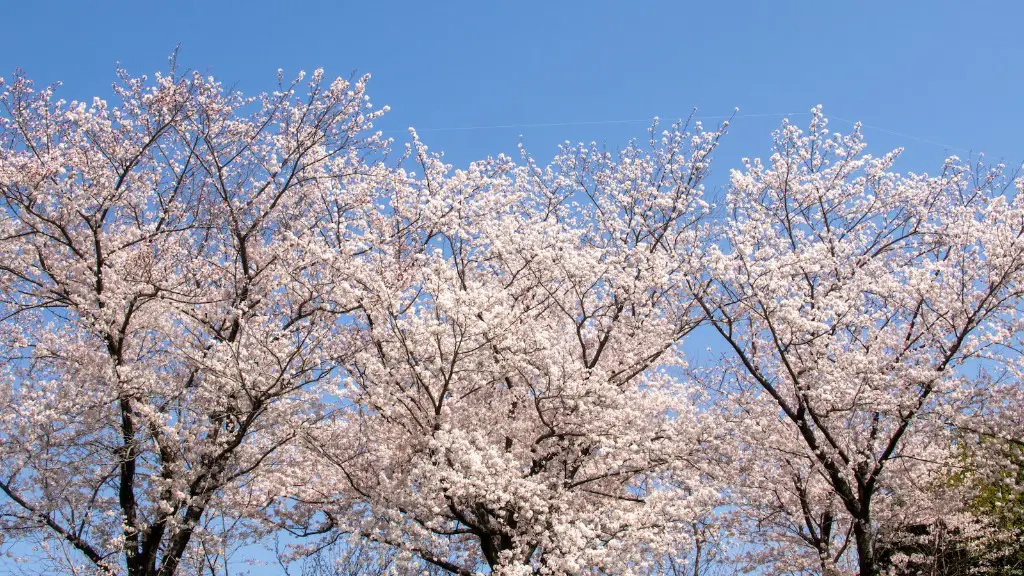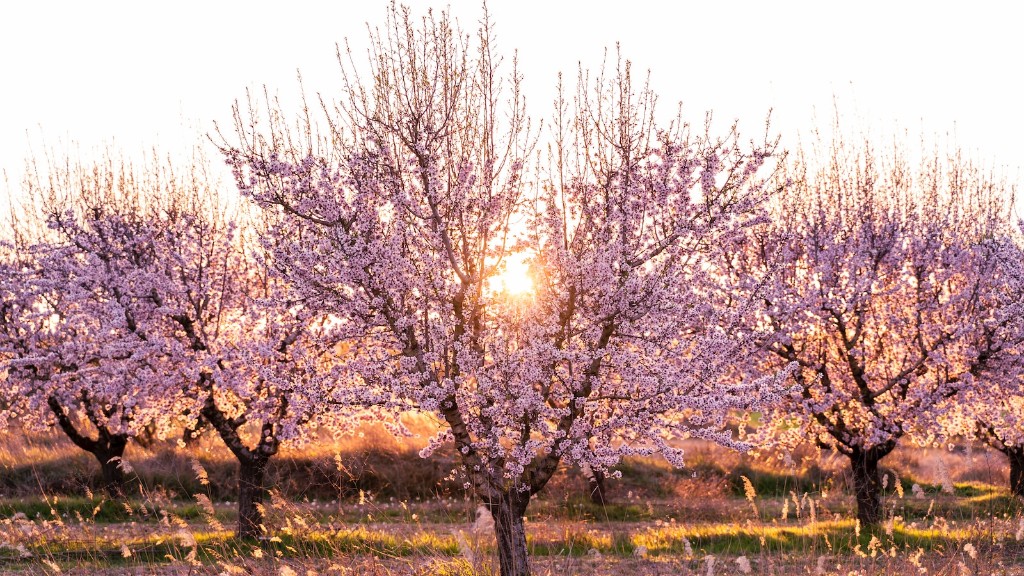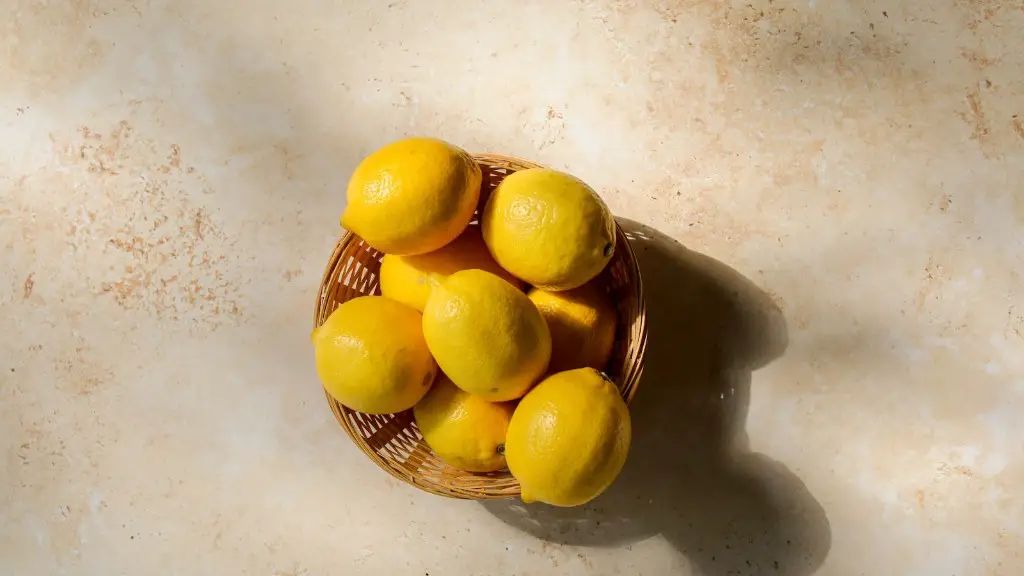For those of us who live in areas with harsh winters and unpredictable weather, bringing our palm trees outdoors is a difficult decision. Do we risk having our palms succumb to extreme conditions? Or, do we leave them indoors only to endure a life of poor light and cramped space? Should we bring our palms inside when winter begins? Or, is there a better way to prepare our plants?
When it comes to caring for our palms, the type of palm is just as important as the time of year. Palms that belong to tropical and subtropical climates, like the Canary Island date palm, are hardy enough to survive temperatures below 32˚F, while palms such as the Majesty palm and the Lady palm are not hardy to temperatures below 45˚F. That means if your area experiences a cold snap and temperatures drop below that, you should consider bringing these palms indoors.
Weather isn’t the only factor to consider when deciding whether to bring palms outside. The amount of direct sun exposure is also important. Palms that are native to tropical environments, like the Royal Palm and the Coconut Palm, require a minimum of 6 to 8 hours of sunlight a day to prevent malnourishment. Cities that receive a great deal of cloud cover may be unable to maintain these minimum sunlight levels, even during summer. With that in mind, it is best to keep these palms indoors during the winter.
Finally, levels of humidity are essential to keeping palms healthy, no matter what time of year. Humidity levels naturally decrease during winter, making palms more susceptible to disease, wilting, and other issues. While misting and providing adequate drainage during soil can help combat this, if your climate does not provide any humidity at all, then bringing your palms indoors is the best course of action.
Light and Space Requirements
For those of us who bring our palms indoors for the winter, there are other challenges to contend with. Indoor palms require adequate light and space to flourish. If your home does not provide enough bright indirect light and limited direct sun exposure, then they may not survive. Additionally, palms should be kept in a larger pot with extra space for their roots to spread, as cramped quarters can lead to stunted growth and disease.
When deprived of adequate light, root-bound palms tend to yellow and their leaves start to brown. Without proper sunlight and adequate space, they will eventually die. Even though some interior lights do a good job of simulating natural sunlight, they are not quite as powerful as direct sunlight and therefor cannot maintain adequate photosynthesis. With that in mind, if you bring your palms indoors it is best to provide them with as much natural light as possible.
Pruning and Feeding
In addition to adequate light and space, regular pruning and feeding are essential to keeping your palms in good health. Pruning helps keep your palms from becoming too leggy and ensures that your palms are producing plenty of healthy leaves and foliage. Additionally, trimming off any dead fronds before transferring palms inside is a good practice since it can prevent the spread of some indoors diseases.
As for feeding, palms require specific nutrients depending on what type of palm you have. For example, there are fertilizers specifically designed for coconut palms and fertilizers designed for fan palms, like the Chinese Fan palm. Likewise, some soil mixes can be added to the potting mix to add extra nutrition.
Overall, it is best to feed your palms with slow releasing fertilizers during spring and summer, and then again during the autumn. This helps ensure your palms receive the nutrients they need year-round.
Tropical Palms: the Best Option
Tropical palms, such as the Kentia palm or the Phoenix palm, are some of the best palms to bring indoors due to their hardiness. Since they are not native to temperate or cold climates, they can easily tolerate shorter days of indirect light. As a result, they are often the best choice for indoor winter care.
That being said, there are still other factors to consider when deciding which palms to bring indoors. Consider your climate and the space you have available inside. If the environment indoors closely mimics the environment outdoors and if the space is sufficient, it may be best to consider bringing other types of palms indoors.
When it comes to bringing palms indoors for the winter, it is best to consult a gardening expert or an arborist to get the best advice for your specific climate and available space. With the right care, you can ensure your palms will thrive no matter the season.
Preparing Palms for the Winter
If you decide to bring your palms inside for the winter, it is best to slowly introduce them to their new environment. Start by putting them in their new pot and filling it with soil while they are still outdoors. This will not only help you to transition your palms without any sudden shock, but it also allows you to check for any signs of disease or infection before bringing them inside.
When you do decide to bring your palms indoors, consider covering them in plastic or fabric to reduce temperature shock. If you are bringing them inside during the fall and winter months, consider using blankets or heavy quilts to cover the trunk occasionally. This will help your palm adapt to the cooler temperatures indoors and prevent it from experiencing sudden temperature drops.
It is also suggested to regularly use horticultural oil or insecticide to reduce issues with any indoor pests. If you notice any discoloration, wilting, or other signs of issues, it is best to immediately inspect your palm for any insect infestations. Once your palms are inside, it is best to maintain the same temperature and humidity levels as the outdoors, since sudden adjustments in the environment can damage your plants.
Finally, it is important to adjust the watering routine of your palms to match the indoor climate. Palms require plenty of moisture, but overwatering during winter months can lead to root and stem rot. Keeping a watering can nearby allows you to provide adequate water without having to water too often. With proper care and attention, you can keep your palms happy indoors throughout the winter and into the spring.
Keeping Palms Indoors Year-Round
Finally, there are some cases when keeping palms indoors year-round is definitely the best option. For those in extreme climates, or those who lack natural bright light, keeping all palms inside may be the preferable course of action. In these cases, it is important to provide the same levels of light, humidity, and nutrition as outdoors, which can be easily achieved with lighting systems and humidifiers.
Additionally, it may be best to start off with younger palms since they will be better suited for an indoor environment. By starting with younger palms, you can properly nurture them as they grow and easily adjust their care routine as needed. It is also important to make sure your palms get enough space to grow, which sometimes means pruning the leaves from time to time in order to make room for new shoots to grow.
Overall, the decision to bring your palms indoors mostly depends on your climate and the type of palm tree you have. It is important to consult with experts and study the needs of your particular type of palm in order to provide them with the best care.
Protein Rich Fertilizers
When it comes to fertilizing your palms, one of the most important nutrients they require is protein. Protein helps with the development of new shoots, foliage, and roots, and can have a profound impact on the health of your palm. To make sure your palms get enough protein, it is best to use fertilizers rich in nitrogen, phosphorus, and potassium.
While there are many specialized palm fertilizer mixes, it is best to use a balanced blend to provide your plants with plenty of nutrients. When choosing a fertilizer, pay attention to the NPK ratio – which stands for nitrogen, phosphorus, and potassium – and pick one with an equal balance of all three. Additionally, it is important to check the label and make sure the fertilizer also contains trace elements such as iron, calcium, and magnesium, as these also play an important role in the health of your palm.
It is also important to be aware that artificial fertilizers can easily burn or damage your palms if used incorrectly. Make sure you follow the instructions for the particular fertilizer you are using and to never use too much at once. If in doubt, slow-release fertilizers are always the best option, since they provide your plants with the nutrients they need over a longer period of time.
Repotting Your Palms
When it comes to repotting palms, it is important to make sure your palms have enough space for their roots to grow and spread. A cramped pot can lead to stunted growth and can leave your palms vulnerable to disease. Generally, it is best to repot your palms every two or three years, or when their roots start to grow out of the pot.
When it comes to repotting, you will need to choose a larger pot with drain holes and a new potting mix. The new pot should have at least a few inches of extra space and the potting medium should be light and well-draining. If you are in a cold climate, it is also a good idea to use a soil mix that is specifically designed for palms, as it can help keep your plants healthy in colder temperatures.
When transfering your palms from one pot to another, it is important to be very gentle. Palms do not like their roots disturbed, so replace the soil around the root ball gently, fill in the gaps with new soil, and pat it down lightly. Additionally, it is important to keep the same soil level, as excess soil can interfere with drainage and can cause water to accumulate at the bottom of the pot.
Finding Trained Professionals
If you need additional help when it comes to caring for your palms, consider finding a certified arborist or a knowledgeable landscaper. These professionals are trained in the science of caring for palms and can provide valuable advice on how to keep your palms healthy. Additionally, they can help assess your palms and determine the cause of any problems you may be having.
It is important to make sure you find a qualified and experienced professional that specializes in palms and has the necessary qualifications to do the job correctly. Look up any references you can find or ask around for recommendations. Also, make sure to discuss your expectations and ask questions to make sure the person you hire is the best for the job.
Overall, indoor palms require plenty of care, attention, and maintenance. While the decision to bring palms inside for the winter is up to you, it is important to consider the type of palm you have, the environment it is growing in, and the available space you have indoors. With the help of experts and the right care, you can ensure your palms stay healthy indoors during the winter months and beyond.





